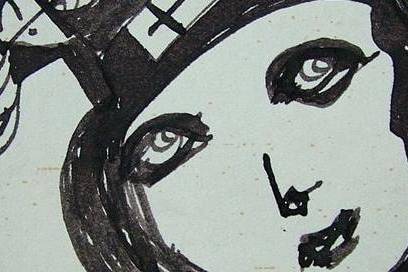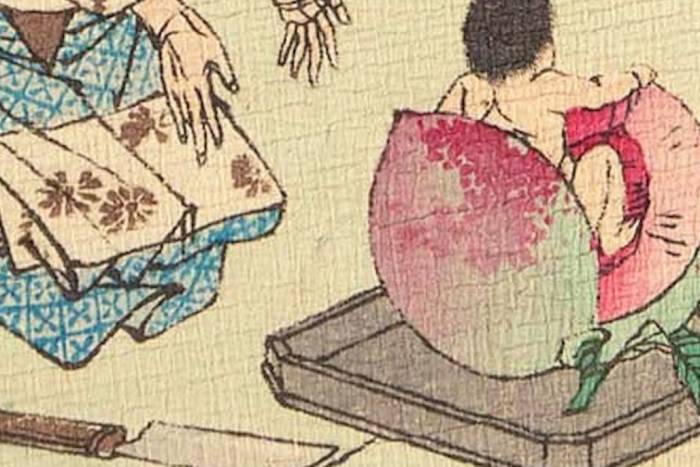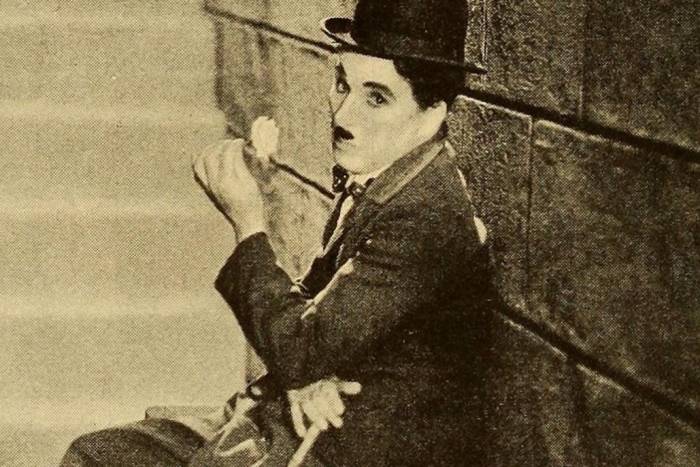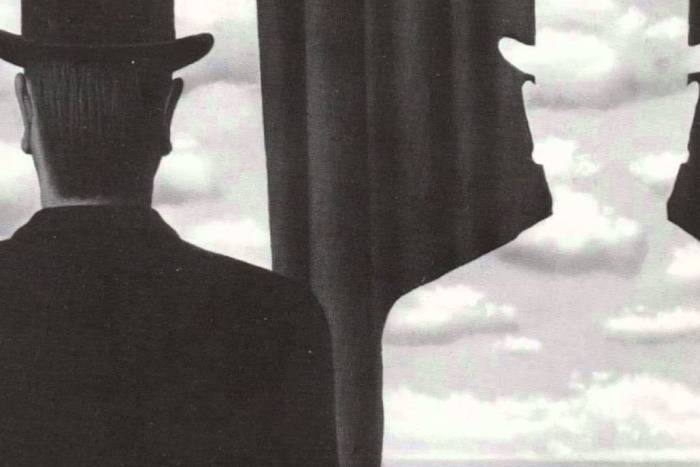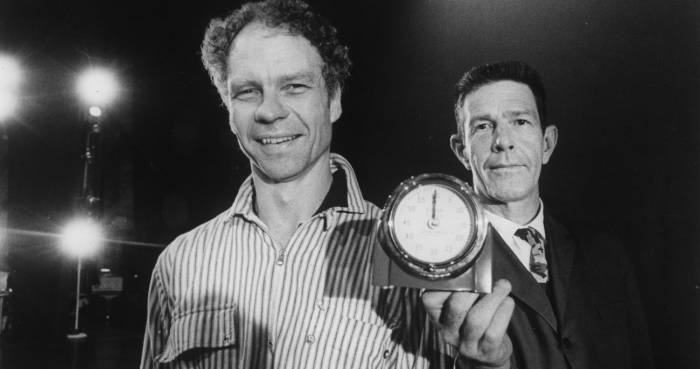Geniuses are more common than you think
Big ideas abound around us – but paradoxically remain hidden.
We all know the “eureka” feeling: that moment when two aspects of the world reveal their intimate mutual connection that makes sense and creates beauty and, sometimes, knowledge.
However, the romanticism and mystification of thought have promoted the incorrect idea that eureka moments, those flashes of true inventive genius, are exclusive to artists and scientists of the ancient world or to reclusive poets shut up in ivory towers.
The truth is that brilliance abounds because, as sociologists William Ogburn and Dorothy Thomas said, “invention is inevitable.”
In an essay published in 1922, the two colleagues attempted to explain the curious phenomenon when, at times in history, two of more people reached similar conclusions or the same invention. Four scientists working independently of each other in 1847 described the law of energy conservation. Elisha Gray and Alexander Graham Bell invented the telephone at almost exactly the same time. There are many examples: the decimal point, nitrogen, the pendulum clock, and the theory of evolution. There are, in fact, 148 examples.
This reveals something interesting; brilliance abounds, but it is not necessarily associated with originality.
Originality is a concept associated with the commercial exploitation of an idea, to its patenting within a legal framework of copyright laws that allows a person, artist or inventor to make money from the spread of their idea. But from the guilds of Renaissance-era artists to the modern day digital think tanks, collective creativity can work as an orchestra rather than as a soloist. It’s not about being the first, but being the best.
Another explanation why geniuses crop up in many places simultaneously and separately could be the fact that inventors and artists are exposed to the same stimuli and economic and social contexts, to the same state of science, the same geopolitical circumstances, in a world that, at the end of the day, appears to need the inventions that come along. A good example is the telegraph. Many failed attempts (60 are registered in the Ogburn and Thomas book) piled up before a definitive and working version was patented. After that, the telecommunications era was imminent, and in a short time the telephone, telex and fax were invented, and then the Internet, which follows a similar principle.
The writer Alan Moore has described this same phenomenon through the concept of Mindscape, a mental landscape where the ideas that we all have become part of the collective wealth. If somebody thinks something up, that thought or idea exists as a new element in the universe and it becomes accessible to everybody else. This version of creativity as a form of intangible communication (a kind of ‘organic Internet’ among the members of the same species that depends on all of its members in order to evolve) goes against the mercantile idea of originality as private access to individual creativity. Genius is not therefore an isolated incident, but the substance that makes us human. Creative temperament and character, on the other hand, are much less frequent…
Related Articles
Pictorial spiritism (a woman's drawings guided by a spirit)
There are numerous examples in the history of self-taught artists which suggest an interrogation of that which we take for granted within the universe of art. Such was the case with figures like
Astounding fairytale illustrations from Japan
Fairy tales tribal stories— are more than childish tales. Such fictions, the characters of which inhabit our earliest memories, aren’t just literary works with an aesthetic and pleasant purpose. They
A cinematic poem and an ode to water: its rhythms, shapes and textures
Here lies One Whose Name was writ in Water. - John Keats Without water the equation of life, at least life as we know it, would be impossible. A growing hypothesis holds that water, including the
Watch beauty unfold through science in this "ode to a flower" (video)
The study of the microscopic is one of the richest, most aesthetic methods of understanding the world. Lucky is the scientist who, upon seeing something beautiful, is able to see all of the tiny
To invent those we love or to see them as they are? Love in two of the movies' favorite scenes
So much has been said already, of “love” that it’s difficult to add anything, much less something new. It’s possible, though, perhaps because even if you try to pass through the sieve of all our
This app allows you to find and preserve ancient typographies
Most people, even those who are far removed from the world of design, are familiar with some type of typography and its ability to transform any text, help out dyslexics or stretch an eight page paper
The secrets of the mind-body connection
For decades medical research has recognized the existence of the placebo effect — in which the assumption that a medication will help produces actual physical improvements. In addition to this, a
The sea as infinite laboratory
Much of our thinking on the shape of the world and the universe derives from the way scientists and artists have approached these topics over time. Our fascination with the mysteries of the
Sharing and collaborating - natural movements of the creative being
We might sometimes think that artistic or creative activity is, in essence, individualistic. The Genesis of Judeo-Christian tradition portrays a God whose decision to create the world is as vehement
John Malkovich becomes David Lynch (and other characters)
John Malkovich and David Lynch are, respectively, the actor and film director who’ve implicitly or explicitly addressed the issues of identity and its porous barriers through numerous projects. Now

